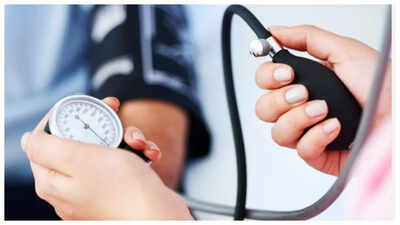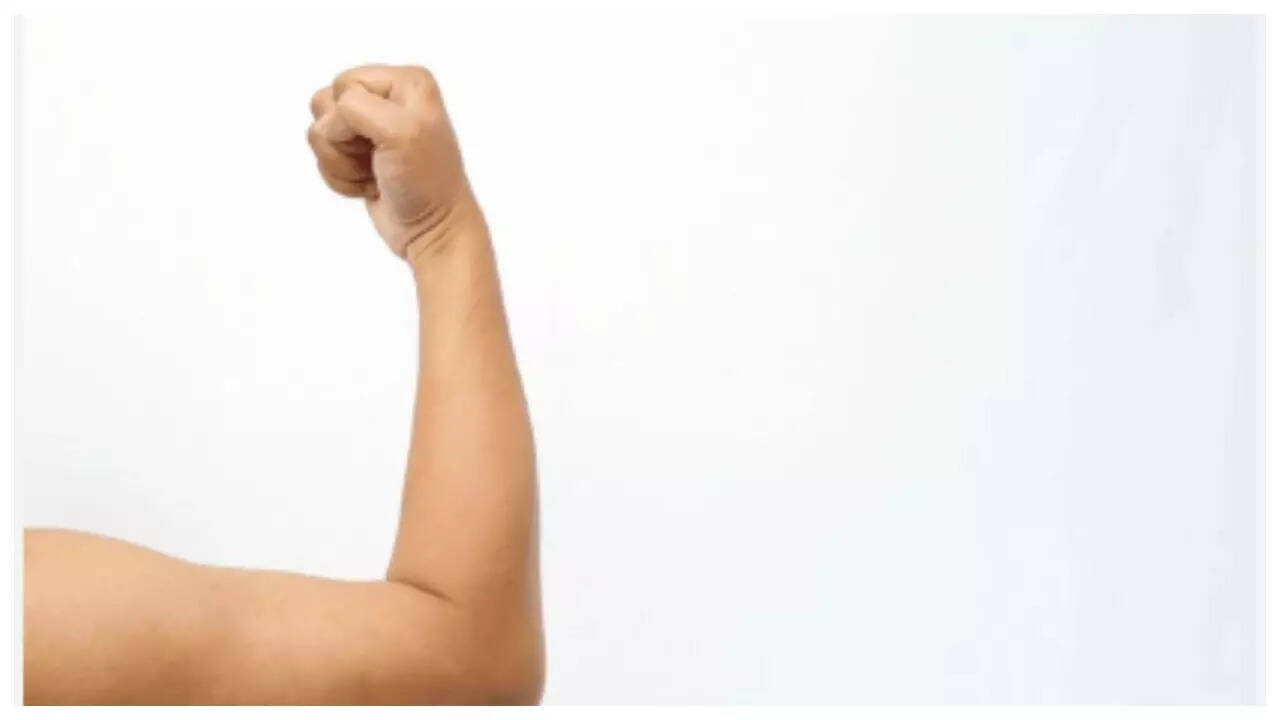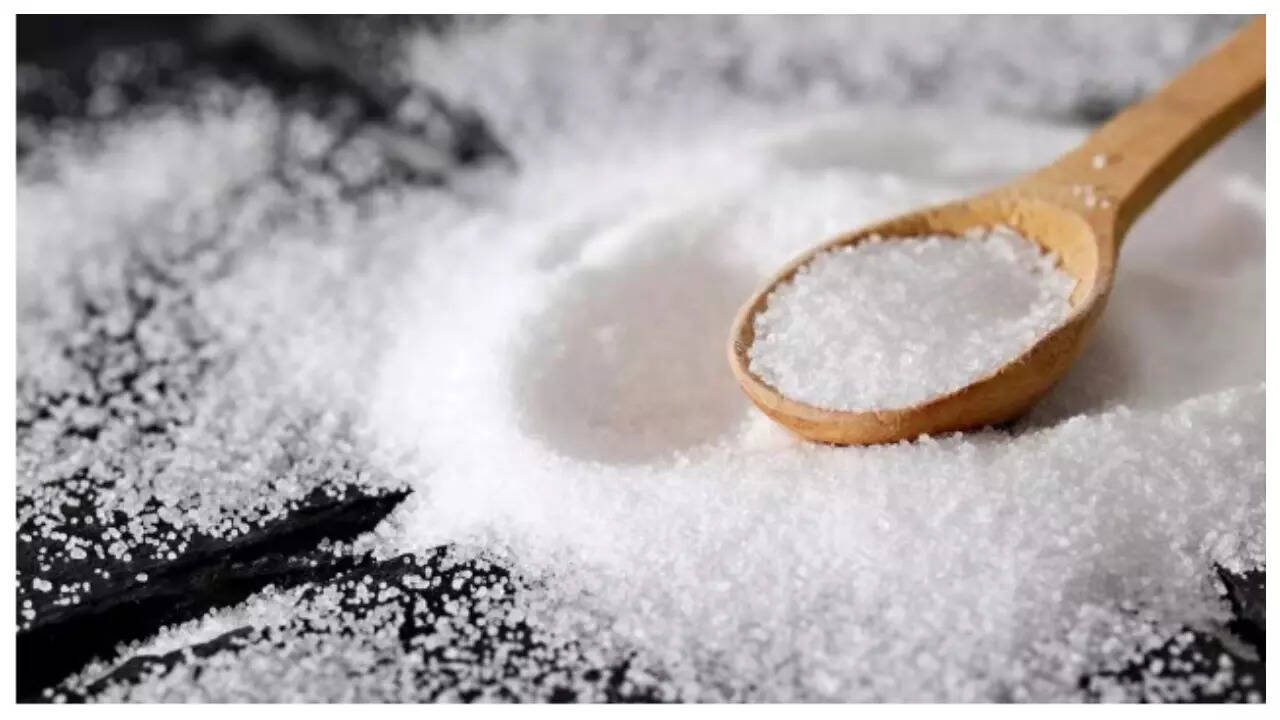ARTICLE AD BOX

Hypertension, also known as high blood pressure, is a chronic condition, where the force of blood against the artery walls is consistently too high. The condition exponentially raises the risk of heart diseases and strokes, along with many other medical conditions which become unmanageable if untreated.
However, many can naturally control their blood pressure by practicing easy body massages on specific pressure points throughout the day, over and above medicines and lifestyle adjustments. (please note that this cannot substitute your BP medication, and is not the sole remedy)Where is this pressure pointTHIS pressure point which yields effective results, is located inside the bend of your arm. A daily pressure massage of this particular area for several minutes, might help reduce blood pressure in hypertensive patients.
Let's see how...

What exists at the pressure point located in the arm creaseThe natural fold at your elbow elbow crease appears when your arm bends at the elbow. Traditional Chinese medicine uses the Pericardium 6 (PC6) point also known as Neiguan, to describe this pressure location in the elbow crease.The PC6 point exists two finger-widths below the elbow crease in the middle of the arm between its two tendons. The traditional Chinese medical practice uses this point to treat anxiety, while simultaneously calming the mind and preventing nausea and lowering blood pressure. (National Heart, Lung, and Blood Institute, Mayo Clinic)The method to locate and massage this specific point includes the following stepsSit comfortably while folding your arm to display your palm upwards.
You should position yourself to examine the area where your elbow bends.Measure about two finger-widths down from the crease.A pressure point exists between the two tendons which form the middle part of your arm.For effective massage:Use your thumb to deliver firm pressure that should be gentle on this spot.You should perform 3-minute circular motions when massaging this area.You should repeat the massage technique on your other arm.Massaging should be performed one to two times each day. The process becomes more effective when performed consistently. because it promotes relaxation and improved blood flow.What makes this point beneficialThe pericardium meridian's PC6 pressure point functions as a connection to heart operation and blood circulation according to traditional Chinese medical practices. The activation of this point through massage, leads to nervous system relaxation while stress decreases and blood vessel dilation results in improved blood circulation, and reduced blood pressure. (Research on acupressure and hypertension: Journal of Alternative and Complementary Medicine, 2013; American Journal of Chinese Medicine, 2015)

Medical studies prove that hypertension treatment benefits from both acupressure and acupuncture approaches.
Research shows that pressing or needling points such as PC6, activates the parasympathetic nervous system which controls relaxation and digestion, to decrease heart rate and improve blood vessel relaxation.The practice of acupressure serves as an additional therapeutic approach which strengthens heart wellness, even though it should not replace medical prescriptions.Further recommendations for blood pressure controlThe following easy-to-practice methods help you maintain proper blood pressure apart from massaging the pressure point in your arm crease:A healthy diet consisting of fruits, vegetables, whole grains and low-fat dairy products.Lowering salt consumption will decrease sodium levels in your diet.Regular exercise consisting of walking, swimming and yoga should be part of your routine.You should reduce your alcohol consumption and stop smoking.Stress management includes practicing deep breathing techniques, meditating or engaging in hobbies.Regular monitoring of blood pressure should be performed.Disclaimer: This article is informational only and not a substitute for medical advice



.png)
.png)
.png)
















 2 hours ago
3
2 hours ago
3









 English (US) ·
English (US) ·